Introduction
Abalone and pigeon soup, a revered delicacy in Chinese cuisine, embodies the harmony of flavor, texture, and holistic wellness. Rooted in centuries-old culinary traditions, this dish is celebrated for its luxurious taste and purported health benefits, including nourishing the body, enhancing vitality, and balancing the body’s energy. The combination of succulent pigeon meat, tender abalone, and a medley of aromatic herbs and spices creates a broth that is both comforting and restorative. This article delves into the intricate process of preparing this gourmet soup, offering insights into ingredient selection, cooking techniques, and the cultural significance of this timeless recipe.
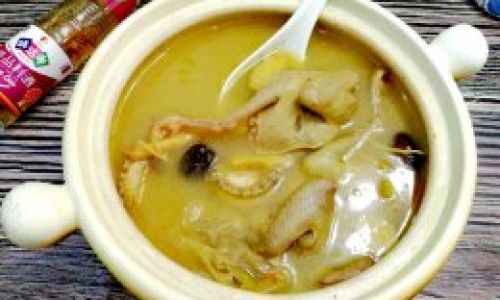
The Ingredients: A Symphony of Flavors
Crafting the perfect abalone and pigeon soup begins with sourcing the finest ingredients. Each component plays a pivotal role in achieving the dish’s signature depth and complexity.
- Abalone: Often referred to as the “crown jewel” of the sea, abalone is a prized mollusk renowned for its buttery texture and briny sweetness. Fresh abalone is ideal, but dried or canned varieties can be used with proper rehydration.
- Pigeon: Squab, or young pigeon, is preferred for its tender meat and delicate flavor. Look for plump birds with smooth, unblemished skin.
- Pork Bones or Ribs (optional): Adding pork bones introduces richness and collagen, thickening the broth to a velvety consistency.
- Aromatics: Fresh ginger, spring onions, and garlic form the flavor foundation, imparting a subtle warmth and fragrance.
- Herbs and Dried Ingredients:
- Goji Berries (Wolfberries): These vibrant red berries add a mild sweetness and are prized for their antioxidant properties.
- Red Dates (Jujubes): Their natural sugars balance the soup’s savory notes while contributing iron and fiber.
- Dried Scallops (Conpoy): For an umami boost, dried scallops elevate the broth’s complexity.
- Chinese Dates (Dried Longans): Optional, but they lend a floral sweetness.
- Seasonings: Light soy sauce, Shaoxing wine, and a pinch of salt refine the broth without overpowering its natural essence.
Preparation: A Step-by-Step Mastery
Cleaning and Tenderizing the Abalone
- If using fresh abalone, scrub the shells vigorously under cold water to remove grit. Use a spoon to gently pry the meat from the shell, discarding the dark intestinal tract.
- For dried abalone, rehydrate it in a bowl of cold water for 12–24 hours, changing the water periodically. Lightly pound the meat with a meat mallet to tenderize it, ensuring it cooks evenly.
Preparing the Pigeon
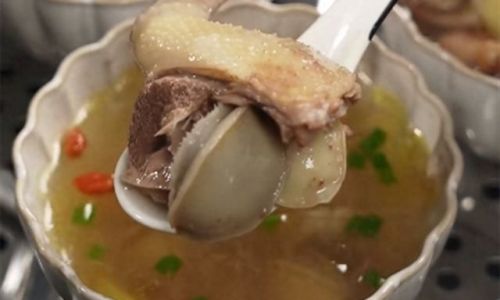
- Rinse the pigeon thoroughly and pat it dry. Trim excess fat from the cavity to prevent a greasy broth. For enhanced flavor, marinate the bird in a mixture of Shaoxing wine, minced ginger, and a splash of soy sauce for 30 minutes.
Blanching the Meat
- In a large stockpot, bring 8 cups of water to a rolling boil. Add the pigeon (and pork bones, if using) along with a few slices of ginger. Blanch for 3–5 minutes to remove impurities, then drain and rinse under cold water. This step ensures a clear, pristine broth.
Sautéing Aromatics
- Heat 2 tablespoons of peanut oil in a clean pot over medium heat. Add sliced ginger, smashed garlic cloves, and chopped spring onions. Sauté until fragrant, taking care not to burn the garlic.
Simmering the Broth
- Return the blanched pigeon and pork bones to the pot. Pour in 12 cups of cold water (or enough to cover the ingredients by 2 inches). Bring to a boil, then reduce the heat to a gentle simmer. Skim off any foam that rises to the surface.
- Add the abalone, goji berries, red dates, and dried scallops. Stir in 1 tablespoon of Shaoxing wine and a pinch of white pepper.
Slow Cooking for Depth

- Cover the pot and let the soup simmer for 2.5–3 hours. The prolonged cooking time melds the flavors and tenderizes the meat. Check periodically to ensure the liquid remains at a steady simmer, adding water if needed.
Final Touches
- Thirty minutes before serving, taste the broth and adjust the seasoning with salt or a drizzle of soy sauce. For added texture, toss in a handful of fresh enoki mushrooms or sliced bamboo shoots.
- Garnish with chopped cilantro or a sprinkle of sesame oil just before serving.
Serving Suggestions
Abalone and pigeon soup is traditionally served in ceramic bowls to retain heat, accompanied by steamed jasmine rice or delicate Chinese pancakes. For a complete meal, pair it with stir-fried greens (such as bok choy or gai lan) and a platter of chilled marinated cucumbers. The soup’s richness makes it a centerpiece for festive occasions, family reunions, or convalescent meals.
Health Benefits: Nourishment for Body and Spirit
In traditional Chinese medicine (TCM), abalone and pigeon soup is revered for its yin-nourishing properties, believed to cool the body, enhance kidney function, and replenish vital energy (qi). Modern nutritionists echo these benefits, noting:
- Abalone: High in protein, omega-3 fatty acids, and iodine, it supports brain health and thyroid function.
- Pigeon: A lean source of iron, vitamin B12, and selenium, it aids in blood circulation and immune defense.
- Herbs: Goji berries and red dates are rich in antioxidants, promoting skin health and reducing inflammation.
Variations and Substitutions
While the classic recipe is unparalleled, creative cooks may experiment with:
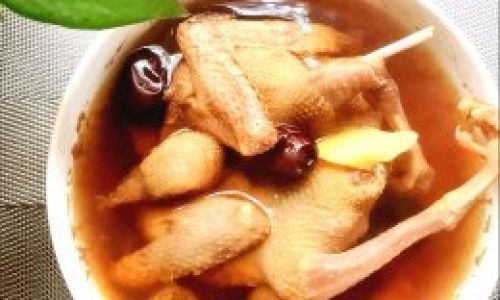
- Seafood Twist: Substitute pigeon with chicken and add dried oysters for a briny contrast.
- Vegetarian Adaptation: Use king oyster mushrooms and tofu in place of meat, enhanced with kombu for umami.
- Spicy Kick: Introduce a sliced chili pepper or a dash of Sichuan peppercorn oil during the final simmer.
Tips for Perfect Results
- Quality Over Quantity: Invest in premium abalone and pigeon—their flavors cannot be replicated.
- Patience is Key: Avoid rushing the simmering process; low and slow cooking extracts maximum flavor.
- Skim Religiously: Regularly removing impurities ensures a crystal-clear broth.
- Herb Timing: Add delicate herbs like cilantro only at the end to preserve their freshness.
Common Mistakes to Avoid
- Overcooking Abalone: Tenderize it beforehand to prevent toughness.
- Using Too Much Salt: Season lightly at the end, as the broth reduces and concentrates flavors.
- Skipping Blanching: This step is non-negotiable for a pristine, cloud-free soup.
Conclusion
Abalone and pigeon soup is more than a dish—it is a testament to the art of Chinese gastronomy, where every ingredient and technique serves a purpose. Whether enjoyed during a family feast or a quiet evening, this soup nourishes the soul as much as the body. By honoring tradition while embracing creativity, you can transform simple ingredients into a culinary masterpiece that transcends time. So, gather your ingredients, ignite your stove, and embark on a journey to savor the essence of Chinese nourishment.

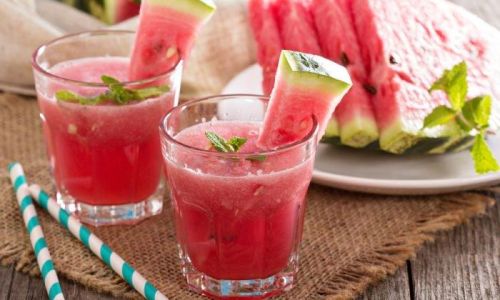
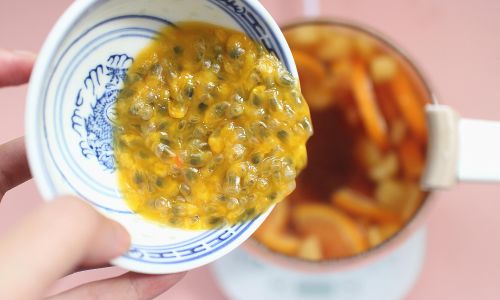

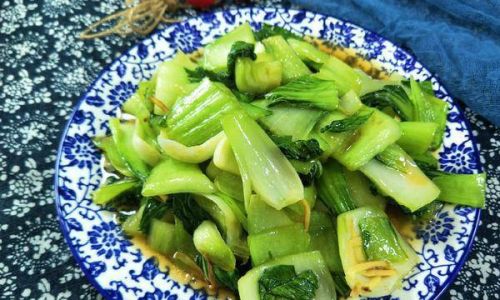
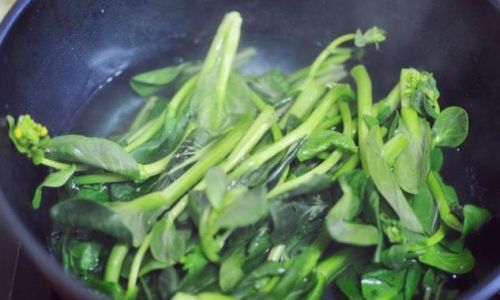
0 comments